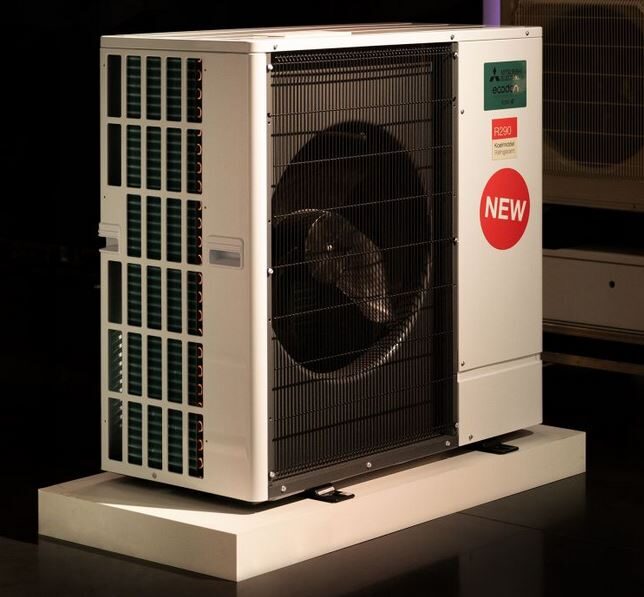From pv magazine USA
Perovskite tandem solar cells are all the rage when in solar futurism. These next-generation cells promise to boost module efficiency from today’s typical range of 22% to 25% all the way to 35% – and possibly even as high as 45%.
While questions regarding perovskite’s long-term durability remain, recent testing has shown that perovskite-silicon tandem panels degrade similarly to traditional silicon modules, easing some of these concerns.
Taking this technology to new heights, a team led by Dr. Felix Lang from the University of Potsdam, in collaboration with researchers at Helmholtz-Zentrum Berlin and the Technical University of Berlin, has launched the first satellite mission to test two types of perovskite tandem solar cells in space.
The cells include perovskite-silicon and perovskite-CIGS (copper indium gallium selenide), both of which are being tested for their performance in the extreme conditions of space, including high radiation and intense temperature cycles.
To continue reading, please visit our pv magazine USA website.
This content is protected by copyright and may not be reused. If you want to cooperate with us and would like to reuse some of our content, please contact: editors@pv-magazine.com.



By submitting this form you agree to pv magazine using your data for the purposes of publishing your comment.
Your personal data will only be disclosed or otherwise transmitted to third parties for the purposes of spam filtering or if this is necessary for technical maintenance of the website. Any other transfer to third parties will not take place unless this is justified on the basis of applicable data protection regulations or if pv magazine is legally obliged to do so.
You may revoke this consent at any time with effect for the future, in which case your personal data will be deleted immediately. Otherwise, your data will be deleted if pv magazine has processed your request or the purpose of data storage is fulfilled.
Further information on data privacy can be found in our Data Protection Policy.